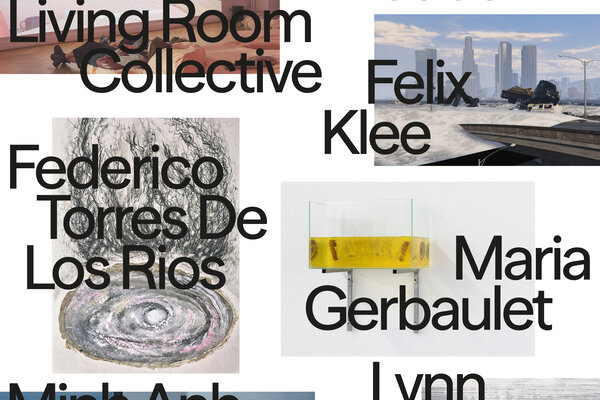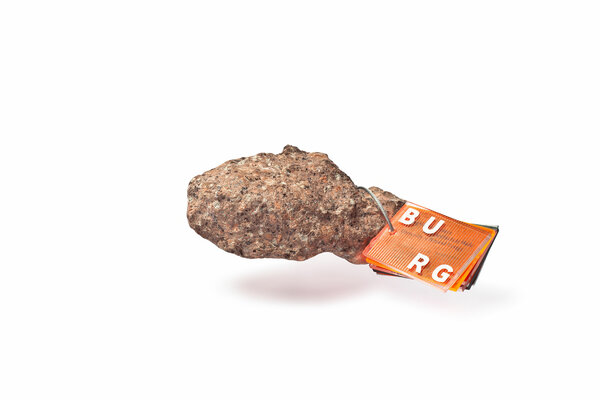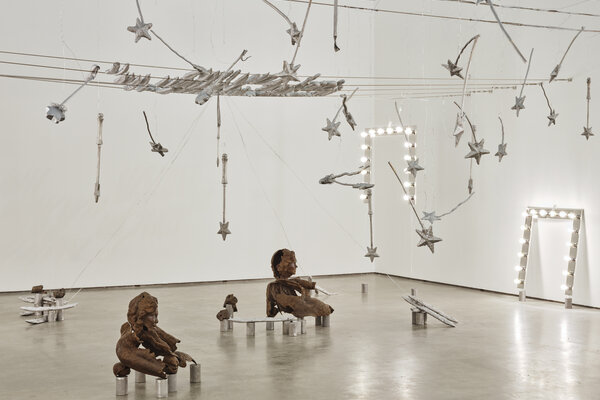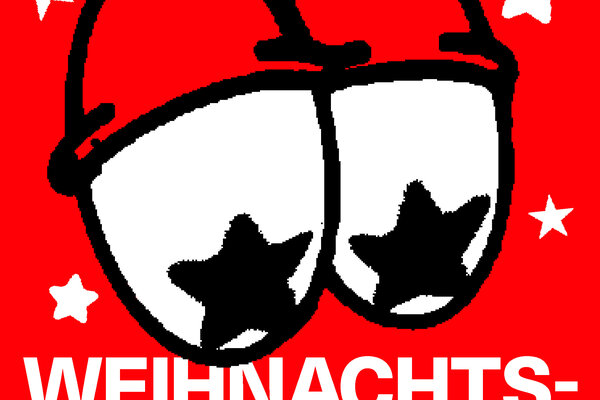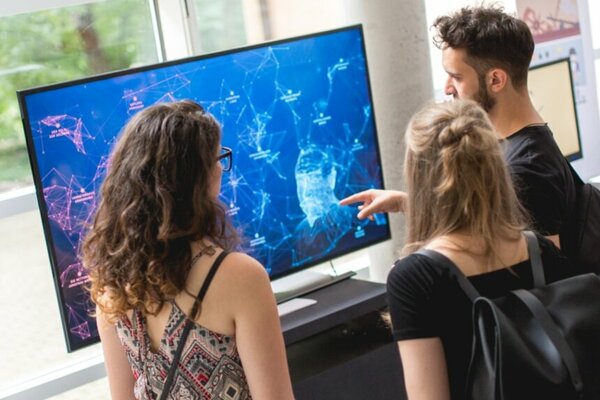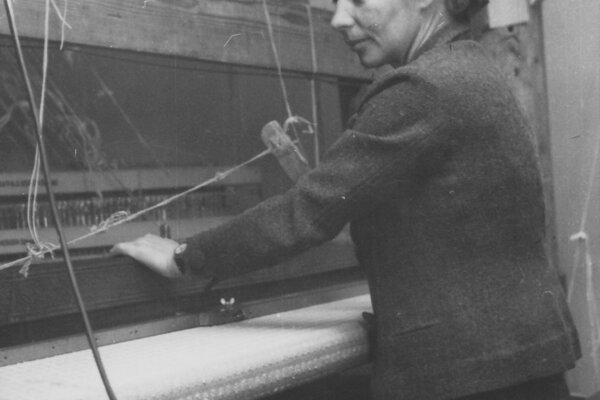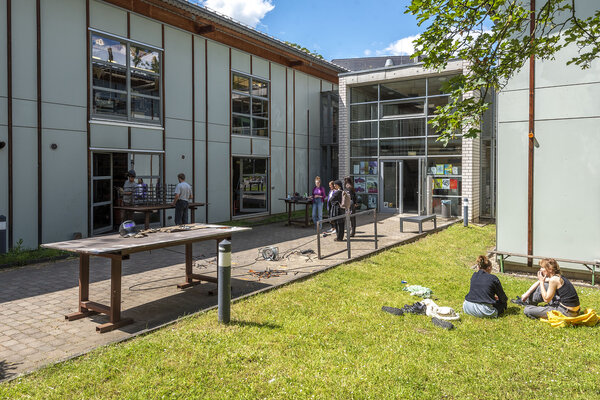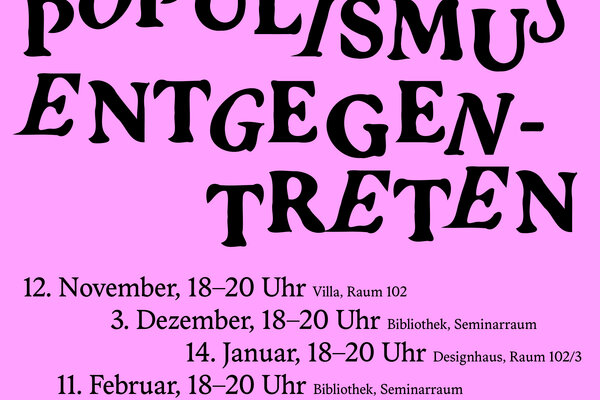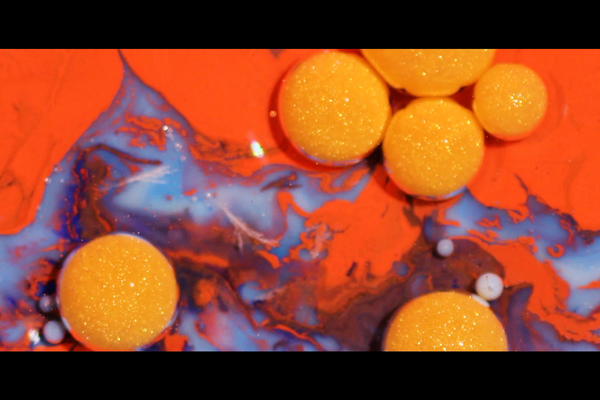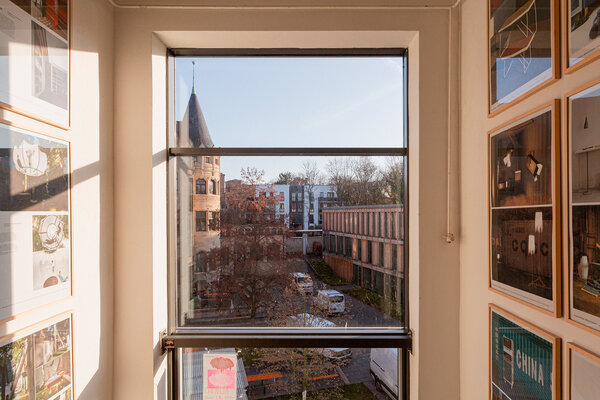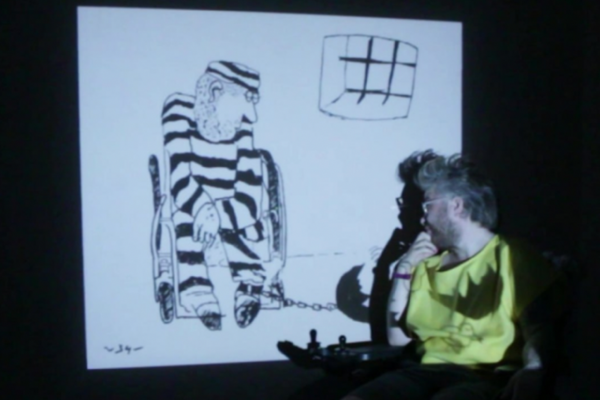Copyright refers to the rights to one's own work, such as pictorial, textual, sculptural or digital creations.
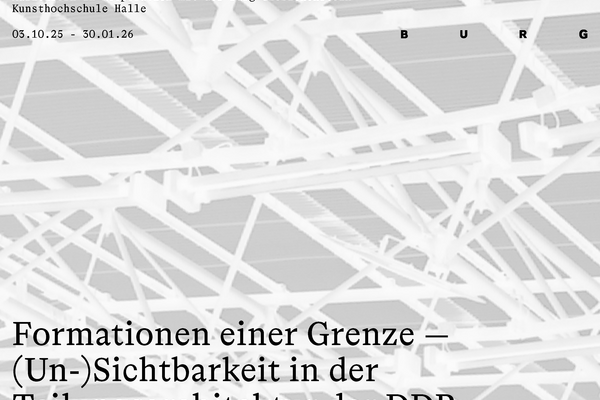
Copyright refers to the rights to one's own work, such as pictorial, textual, sculptural or digital creations.
For copyright to apply, the work must meet the criteria of originality. The originality level describes the degree of individual expression in a work and determines whether or not a work is protected by copyright. A painting, for example, is covered by copyright, whereas an AI-generated image may not be covered by copyright. In Germany, copyright expires seventy years after the death of the author.
Rights of use:
Creators can give others different types of permission to use their work, with limits on where, when and how it can be used
The legal consequences of unauthorised use
The unauthorised use of a copyrighted work may result in legal action and associated costs. Creators might also claim money for any damage. German courts typically award damages in the high double-digit or low triple-digit euro range. To be on the safe side and to be able to respond to justified or unjustified claims, documents proving permission to use a piece of work should be kept. Written permissions should be scanned or saved as a screenshot (e.g. in the case of a chat history). In some cases, only verbal authorisation or implied authorisation through conclusive behaviour is available. One example of this would be using promotional material to advertise an event.
Popular kinds of licences
Associated legal fields

